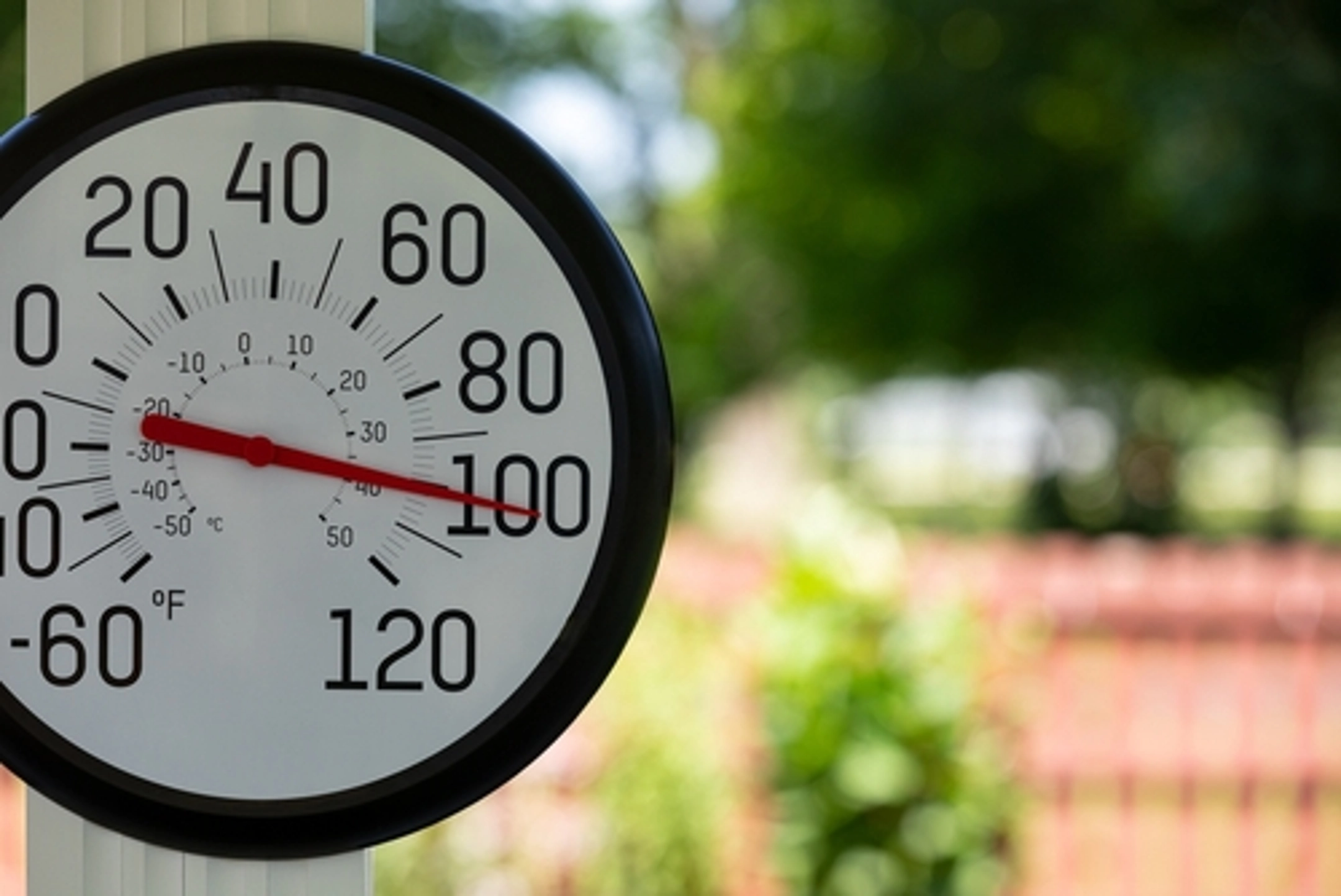
California, Nevada, Arizona, and other southwestern states are feeling the impact of excessive heat warnings. These triple-digit temperatures not only pose a threat to the health of residents but may also increase the risk of a wildfire starting.
What is Excessive Heat?
According to meteorologists at the National Weather Service, an excessive heat warning is issued, “when the maximum heat index temperature is expected to be 105° or higher for at least 2 days and night time air temperatures will not drop below 75°.” Scientists note that this warning criteria can vary across each region of the country as some areas are not used to extreme heat conditions. IN other words, for areas in the northeastern half of the country, the conditions required before issuing an excessive heat warning would be different than those required before issuing the same warning for the southern half of the country.
The World Health Organization states that heat impacts health in a variety of ways. Doctors say that in an excessive heat situation, the body can become incapable of regulating internal temperature which increases the risk of heat exhaustion and heatstroke. They go on to say, “The strain put on the body as it tries to cool itself also stresses the heart and kidneys. As a result, heat extremes can worsen health risks from chronic conditions (cardiovascular, mental, respiratory and diabetes related conditions) and cause acute kidney injury.” Overall, extreme heat conditions are dangerous for the human body.
Does Excessive Heat Cause Wildfires?
The short answer is ‘no’, it does not directly cause wildfires, but it does contribute to drought conditions which are favorable for wildfires. The Environmental Defense Fund (EDF) notes that, “hotter temperatures evaporate more moisture from soil and vegetation, drying out trees, shrubs and grasses and turning leaf litter and fallen branches into kindling.” So, in the event that a campfire, a downed power line, a lightning strike, or an ember from a burning source, were to come in contact with an area of vegetation in severe drought, a wildfire could start at that point. The EDF continues, “Increasing severe heat and drought due to climate change can fuel wildfires.”
The Number of Excessive Heat Warnings is Increasing
Scientists at the Department of Health and Human Services (HHS) say the temperature is getting warmer across the United States. Statistics from the HHS show, “extreme summer heat is already increasing in the U.S. and climate projections indicate that extreme heat events will become more frequent and intense in coming decades.”
Wildfires Can Happen Anytime
The origin of a wildfire is generally not known, however, the National Park Service says, "Nearly 85% of wildland fires in the United States are caused by humans. Human-caused fires result from campfires left unattended, the burning of debris, equipment use and malfunctions, negligently discarded cigarettes, and intentional acts of arson. It is also well known that dry and hot conditions are favorable for wildfires. That’s why it’s important to make sure outdoor activities do not cause a fire to start.
Typically, in the U.S., the southwest and west experience a peak in wildfires in the spring and summer. According to the U.S. Department of Agriculture, “Wildfire season is defined by the dates of the first large fire and the last large fire control. Since the 1970s, the wildfire season in western states has extended from 5 months to over 7 months in length. Since the 1980s, the annual number of large fires and area burned has significantly increased, with a sizable proportion of the increase in fire activity occurring in the forests of the Northern Rocky Mountains, followed by forests in the Pacific northwest and southwest.” The wildfire season is becoming increasingly longer.
SERVPRO® Cleans Up After Wildfires
In 2023, there were more than 56,000 wildfires in the United States, burning 2.7 million acres. The majority of the structures destroyed by these fires were in Northern California and Maui, according to the Center for Disaster Philanthropy (CDP). It’s a sure bet that in the majority of those fires, SERVPRO was called to help with fire damage cleanup, repair, or restoration. When you need help following residential fire damage, commercial water damage, document restoration, or even smoke odor removal, call SERVPRO. Any of our 2290 locations in the United States and Canada will be happy to help. And our 24-hour emergency services are available to everyone at any time, including weekends and holidays.
For more information, visit our Fire Resources Section